My grandson and I have had a nice chat about Christian Meditation. He thought that writing the blog as an interview would be easier for him.
Hi Sister Ann,
In my blog my Grammy calls me James, that’s my middle name. Thank you for starting Christian meditation, it really got me to believe in God,and I do it all the time, thanks to you. Peace be with you.
Q. What is the best part about Christian Meditation for you?
A. Peace and quiet with God and having a good relationship with God.
Q. How do you get the peace with God?
A. How I get peace with God is easy, I go to a special place in my school and I do Maranatha.
Q. Where is your special place at school?
A. My special place is at the big field and then there is a cabin and right behind the cabin I do Maranatha.
Q. Do you only do Christian Meditation at school?
A. No actually I do it all the time, if I get mad in my house I just go up to my room and I do Christian Meditation. It is very peaceful up in my room. And when I’m done I feel very calm and relaxed. And I’m not angry anymore.
Q. Do you only do Christian Meditation by yourself at school?
A. Actually I do, I used to do it with friends but now I don’t. They all got bored of it.
Written by James.
From James’ mother:
James has definitely benefited from meditation. When we have noticed him getting frustrated and angered he then takes a few minutes to himself and he feels so much better. James has even caught me when I was feeling frustrated and would ask if I needed “maranatha time”? -Cheri, James’mother














